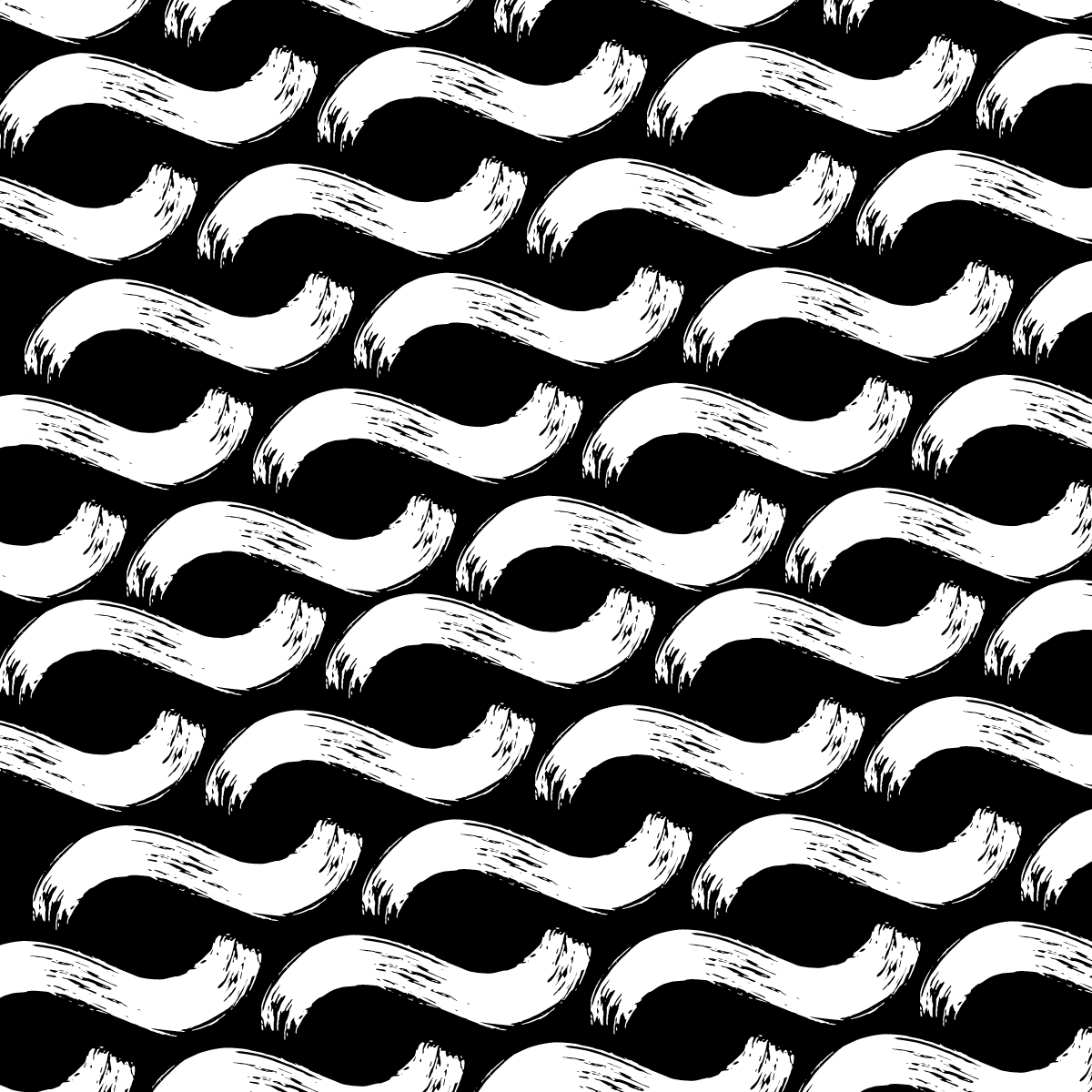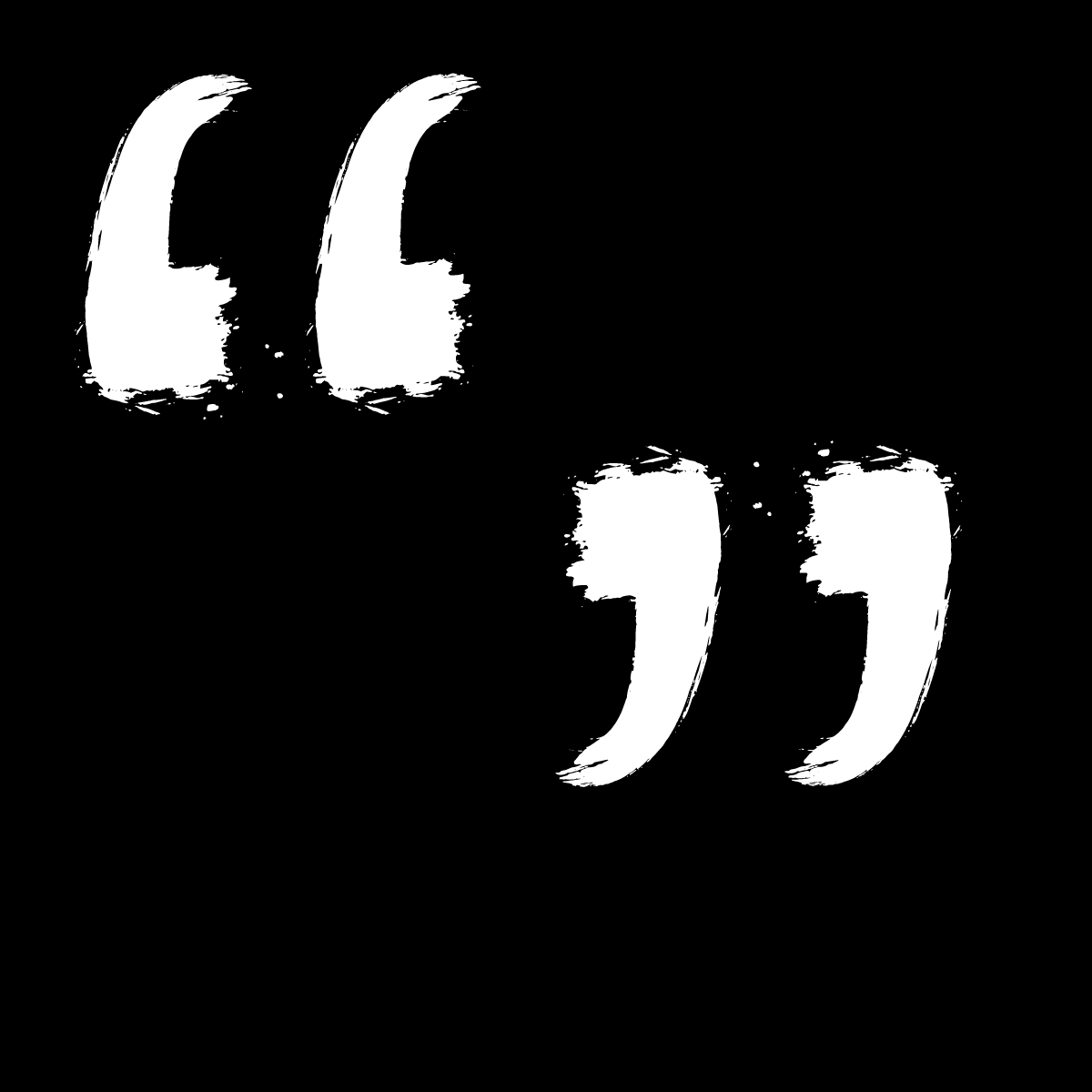😂
The Emoji
The emoji is a diverse, universally recognisable form of communication that contributes to and sometimes substitutes for existing language
Mark Russell
In 2015 the emoji—😂—became Oxford Dictionary’s Word of the Year. In the words of Casper Grathwohl, president of Oxford Dictionaries, the pictographic emoji script is ‘flexible, immediate, and infuses tone beautifully’. It is ‘an increasingly rich form of communication, one that transcends linguistic borders’.
The internet era has supplied us with a multitude of new languages and slang phrases, from binary code to memes and emoji. The term ‘emoji’ comes from the Japanese ‘E’, picture, and ‘Moji’, meaning character. Its anglicisation brings it into coincidental alignment with the English ‘emoticon’, emotion and icon.
More people use emoji than speak any single language on Earth— much of the world has more reliable access to smart phones or internet browsing than running water. These pictograms have universally recognised meanings, and increasingly replace entire words or sentences. There are now 2823 emoji in the Unicode Standard. Linguist Professor Vyvyan Evans found that in 2016 more than six billion emoji were exchanged each day over smartphone. In 2015, 😂 made up 20 percent of all emoji used in the UK. On the website Emojitracker, the use of 😂 on Twitter alone stands at nearly two and a half billion, more than a billion higher than the next most common emoji, ❤.
Emoji stand in for whole words or more abstract ideas, and the most commonly used, even by those who are not familiar with the digital environment, serve as emotional punctuation, standing in for the absent physical presence by representing tone, mood and body language.
“More people use emoji than speak any single language on Earth.”
Emoji such as 😂 have replaced a multitude of different internet abbreviations, condensing initially varied terms, each with its own nuance, towards a standard punctuation mark. Terms such as ‘lol’, ‘hahaha’ and ‘lmao’ can all be represented by 😂. More so, emoji have reduced the work of careful writing once exalted in the days of postal letters and geographic or linguistic restriction. ‘Unlike the written and typed communiques that came before, digital mixes immediacy with intimacy in a way that strips nuance and drains context. The immediacy of internet communication prioritises quick replies, which for clarity necessitate the use of linguistic shortcuts, such as memes, GIFs and emoji. The former two often demand a shared cultural context, referencing events and ideas that sweep like ripples through internet society and in their wake leave endless imitators. The advantage of emoji is their universal appeal. Oxford Dictionary justified their choice for the 2015 Word of the Year with their discussion that the appeal of emoji ‘lies in how they allow people to express themselves, regardless of the language they are speaking’.
What systems such as Emojitracker show is that usage is focussed around a select few emoji, with most of the 2823 available being assigned to specific situations. The majority of emoji that are used, more than 75 percent of the total number, represent facial, gestural or other emotional expressions ranging from 😂 to 👍🏽. These emoji fulfil the function of emotional cue and physical expression, adding vital colour to the words in a similar way to question and exclamation marks which clarify the intention of a sentence. They create nuance and clarify intention that is often stripped away by the limitations of digital text.
Studies in 2017 showed that the average adult spent nearly 22 hours a week online. When we consider how much communication takes place digitally—through emails, Facebook, Twitter, texting, Instagram and Snapchat, even over short distances—we see how dramatically digital interaction is replacing face to face communication. A great deal is lost in the constraints of these new platforms. Language is not the sole vehicle of meaning in everyday conversation. We convey and gain a great deal of social understanding from the non-verbal—body language, tone, gesture and expression. Longer works, and the dying art of letter writing, work around these limitations of expression through their expansive use of language. For short and quick communication, we are beginning to see how emoji are able to replace the human element of meaning, adding more than just emotional punctuation, enabling ‘wordplay, insert[ing] nuance, and let[ting] you speak your mind while taking the edge off your message. They’re tone-of-voice for a medium that has no tone and no voice’.
Where are you?
For example, on its own and when appearing as a digital message, ‘where are you?’ carries very little of the sender’s intention. We can interpret these words based on what we know about the sender and our own location in relation to them, but these are assumptions without immediate evidence. One technique used online is to expand on such a question with what amount to stage directions:
*Gasps* Where are you?
This method is long and clumsy in comparison to emoji that are more concise and universally understood. Compare:
Where are you? 😂
Where are you? 😡
Where are you? 😢
Where are you? 😮
When the question is qualified with an emoji, 😮, it has the advantage of humanising an otherwise clinically digital frame of communication. The human element of these emoji enables a greater emotional connection between the sender and reader and fulfills a vital communicative role of ensuring clarity of intention and meaning. They represent an evolution of language demanded by the constraints of the digital platforms that are integral to modern life.
Meaning is not a solid thing embedded in words and transmitted from person to person. When we speak about apples, we do not exchange actual apples, 🍎. So much of our understanding depends on convention and context—on the place and time, on the respective social roles of the
speakers, on our recognition of other humans as agents with their own desires and emotions similar to our own, and on cultural background. There are several ways in which the intended meaning of an emoji may be lost to its audience.
Though ‘the emoji code has more universal features in it than has any alphabetic script’, many of the symbols are particular to one given culture, and the ideas or gestures they represent may not mean the same thing in different cultures. For example, 👍🏽 may be fine in Australia, but in certain areas of the world this is an obscene gesture. This is a consequence of the attempt to create a universal code based around non-universal ideas. The meaning of an emoji comes not from the physical expression of the image, but from replicating or representing existing metaphors. As a replication of existing metaphor, the emoji ⏳ represents not a literal hourglass but the more abstract concept of ‘time’.
With the development of internet culture, certain icons have gained their own meanings independent of prior cultural context. Many are adopted to refer to the shifting and dynamic internet culture of memes and GIFs. In this sense, they represent not the universal, as do 😂 or ❤, but internally contained ideas produced by the internet. Whereas emoji arranged in such a way, 🌲🐨⬇👦🏽💀, may refer to something that only an Australian will (might) understand, the individual components remain recognisable to any cultural background. The emoji 🐸☕, when used together (referencing a meme featuring Kermit the Frog), represent—but that’s none of my business—an idea that includes none of the component emoji. 🍆, 🍑 and 💦 are used in such a way that the cultural meaning of the emoji does not intersect with its real-world counterpart—in most conversations, an eggplant emoji, 🍆, is not used to represent the purple fruit. Understanding something written with emoji requires a knowledge of how ‘they relate to each other via meaning associations of various kinds’.
Further issues of context lie not in the cultural viewpoint of the emoji, but in the way the pictorial icons are depicted by different digital services. For example, the revolver emoji is represented by Microsoft platforms as a toy water-pistol. A receiver on another platform may see an actual revolver though the sender intended 🔫. If the symbol changes across platforms, this creates a divide between meaning and intention.
In 2015 an American teenager was arrested for making terror threats using these emoji:
👮🏽 🔫 🔫 🔫
Of course, the context in which the emoji appeared informed the decision around his arrest, but it brought about a conversation fixated on the ability of the user to employ emoji to unsavoury effect. Following on from this, Apple, Microsoft and other tech companies altered the representation of the gun emoji to appear as a toy gun, 🔫, instead. We must acknowledge that when we use emoji our ability to express ourselves is limited by small packages of meaning determined by corporate interests and the necessity of appeal to the widest possible consumer base.
Unicode, the organisation which sanctions emoji for global use, is controlled by a handful of predominantly American multinationals. Unlike a natural language, which evolves with usage and necessity, emoji is decided upon by committee. The meanings available to the user are carefully vetted (visual distinctiveness, inoffensiveness, likelihood of widespread use), demanding of course the establishment of new meanings through the evolution of internet culture and slang.
The emoji is not a millennial invention. The 🙂 icon was invented in 1964 by Harvey Ross Ball. Before that, pictograms depicting human emotional expression have existed for thousands of years. Infographics, humour symbols and ancient pictorial icons have coexisted for a long time with actual language without posing a real threat to the way we communicate.
Linguist Gretchen McCulloch sees the hyperbole over the death of language as a serious misunderstanding as to the very nature of language: ‘emoji are woefully inadequate as a replacement’ for real language. Their substitution for words or even whole phrases is a task for which they are little suited, as ‘emoji lacks grammar—a system of rules that lets us combine the individual glyphs into more complex units of meaning’. Emoji operate as a code, rather than a language. While most are universally recognisable individually, strung together to form pseudo-sentences they become dense. Like an emerging pidgin language, with emoji ‘you have nouns and verbs and not very much grammar’.
It must be noted that there are entire novels (mostly published on Wattpad and other such platforms) written in emoji, and celebrities and mortals alike use emoji to tell stories. On his wedding day, tennis player Andy Murray tweeted this message, describing his hopes of the day ahead.
🌞☔😂👔💅🏽💇🏽😂👰🏽😂🚗💒💃🏽👫🙏🏽💍💏👏🏽📝
🎹📷📽🚗🍷🍴🎂🎊🎉👯🎶🎤🍹🍻🍷🍺🍩🍦🍷
🍹🍸🍺🌙❤💕😘💤💤💤💤💤💤💤.
While it may seem grammatically indecipherable, the pictograms work by forming impressions in the mind of the ‘reader’ rather than a correct sentence. Its structure is linear but resembles a series of film frames rather than an English sentence. Followed chronologically, the tweet makes sense in fragments resembling sentence clauses. For example, ‘🚗💒💃🏽👫🙏🏽💍💏👏🏽📝🎹📷📽🚗’, considered as a whole, offers a snapshot of an idea that wouldn’t necessarily be universally recognised as a representation of marriage, but as a sum of its component parts should convey to an audience of any cultural background ideas of ritual union. For most words in the English language, the word or the context in which it is used provide the clues needed to know if it serves as a noun, verb or adjective. An emoji such as 🚗, can mean ‘car’, but also ‘drive’. As with Murray’s tweet, the emoji alone has no means of grammatical transformation. The context in which it appears—the platform, the sender, the co-occurring emoji—inform most of the meaning. The platform is of key importance. Twitter enforces a strict character limit, automatically reducing a user’s ability to express ideas—a linguistic straitjacket. But all digital platforms operate by a culture of brevity—few members of the audience are willing to engage with posts of more than a few sentences.
✋🏽! ℹÑ👉📝❤, 🕟🕔💔😭
In this example, the preface to an emoji ‘novel’, the emoji ‘📝❤’ combine to represent that the piece was ‘written with love’ with an investment of ‘🕟🕔💔😭’—‘time, heartbreak and tears’—but these ideas comes from our existing cultural understanding of these metaphors. The emoji don’t create these ideas, but rely on our existing understanding of the English language and cultural conventions (and the context in which the emoji occur). Without this understanding, a reader can easily interpret these as meaning ‘writing a love note’ and ‘time to say goodbye’.
Though these examples illustrate the function of emoji in a sentence, they still operate, unlike a language, according to the same substitutive rules.
In other words, emoji grammar is often nothing more than a ‘placement grammar,’ based on calquing, or the superimposition of emoji in slots where verbal structures would otherwise have occurred if the text were written entirely in words.
It’s difficult to use emoji to create new and complex ideas. They simply serve as emotional colour to a message, and combine with English to add vital gesture to our communication.
Like any linguistic or slang trend, emoji use is likely to fade as the next generation takes over digital communication innovation. If this if the case, at the very least traces of it are likely to remain in our digital language. In the same way English today contains traces of Latin, French, German, and many others, so too will internet dialects, codes and slangs shape the language of the future. Despite concerns of the death or regression of language, emoji are capable of enhancing our communication, humanising our words and clarifying our meaning.







